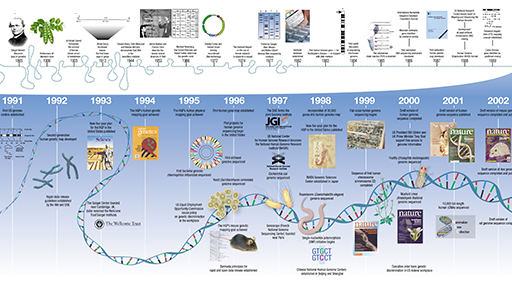Week 4: Medicine + Technology + Art - Angela Zhang
The readings this week provided fascinating perspectives on the intersection of medicine, technology and artistic expression. Hippocrates' famous oath highlighted the primacy of the physician's ethical duty "to keep the sick from harm and injustice". As Dr. Donald Ingber articulated, modern innovations like tissue engineering have allowed us to construct "tiny polymer vasculature" that can help keep human cells viable.
Barbara Maria Stafford's analysis of how MRI scans straddle the line between scientific data and artistic expression was particularly thought-provoking to me. The haunting images of human anatomy can be both clinically informative and sublimely beautiful. This intersection is vividly explored in the work of artist Angela Palmer's "Self-Portraits" series. Palmer developed a technique to reconstruct the human body, layer by layer, by engraving details from MRI and CT scans onto sheets of glass. The resulting ethereal, translucent sculptures expose the extraordinary inner architecture concealed beneath the surface.
Self Portrait 11 Based on MRI scans of the artist carried out under the direction of Dr Stephen Golding at the John Radcliffe Hospital, Oxford Ink drawing on 14 sheets of Mirogard glass 30 x 45 x 21 cm (Series of 5) |
Artists have harnessed biotechnology itself as an artistic medium, blurring the lines between science and art. Some have used genetic engineering techniques to create transgenic art pieces (Miranda). Others have collaborated with scientists to incorporate living tissues into their artwork, raising ethical questions around manipulating life (Treadwell).
 |
| MRI Machine - Innovative Open MRI & Imaging |
The the week four lecture we also covered the transformative Human Genome Project, which mapped the complete set of human genes and genetic makeup ("Human Genome"). This groundbreaking scientific endeavor has opened up new frontiers in medicine, but also artistic investigations into the biological essence of human life.
 |
| The Human Genome Project - National Human Genome Research Institute |
Fundamentally, technology is a tool that can be applied for good or ill in the medical field. It has propelled medical science in lifesaving ways, but as it grows more powerful we must develop these innovations through an ethical, holistic lens blending scientific rigor with creative wisdom. As new medical technologies emerge, from advanced imaging to biotechnology, they will ultimately open new frontiers for creative expression and dialogue around the human form, our biological makeup, and our relationship with innovation.
Sources:
"The Oath." Translated by Michael North, National Library of Medicine, www.nlm.nih.gov/hmd/greek/greek_oath.html.
Ingber, Donald E. "The Architecture of Life." Scientific American, vol. 278, no. 1, Jan. 1998, pp. 48-57.
Stafford, Barbara Maria. "Magnetic Resonance Imaging (MRI) as Mirror and Portrait: MRI Configurations between Science and the Arts." MIT Press Journals, vol. 41, no. 1, 2005, pp. 71-113, https://doi.org/10.1162/152638105774539592.
Palmer, Angela. "Self-Portraits." Contemporary Art Curator, https://www.angelaspalmer.com/portrait
Miranda, Carolina A. "Weird Science: Biotechnology as Art Form." Los Angeles Times, 10 Nov. 2007, https://www.latimes.com/archives/la-xpm-2007-nov-10-et-weirdsci10-story.html.
Treadwell, Frances. "Biotechnology & Art: A Bridge Between Two Cultures." Interalia Magazine, 21 Nov. 2020, https://www.interaliamag.org/articles/frances-treadwell-biotechnology-art/.
"Human Genome Project." Genome.gov, https://www.genome.gov/human-genome-project.

Hi Angela! I love how you took the topics from this week and elevated your blog by doing such thorough research outside of lecture material. Palmer's self-portraits are so fascinating to me since we spent a large portion of this week discussing how artists encouraged exploration of the human body and anatomy, but we did not discuss in as much detail how people can use the knowledge they acquire from newer medical technology to produce art. I think this idea ties neatly into the week 1 material about two cultures; while art led to discoveries in medicine, medical technology has led to incredibly creative art pieces related to science. Great job on your blog post!
ReplyDelete